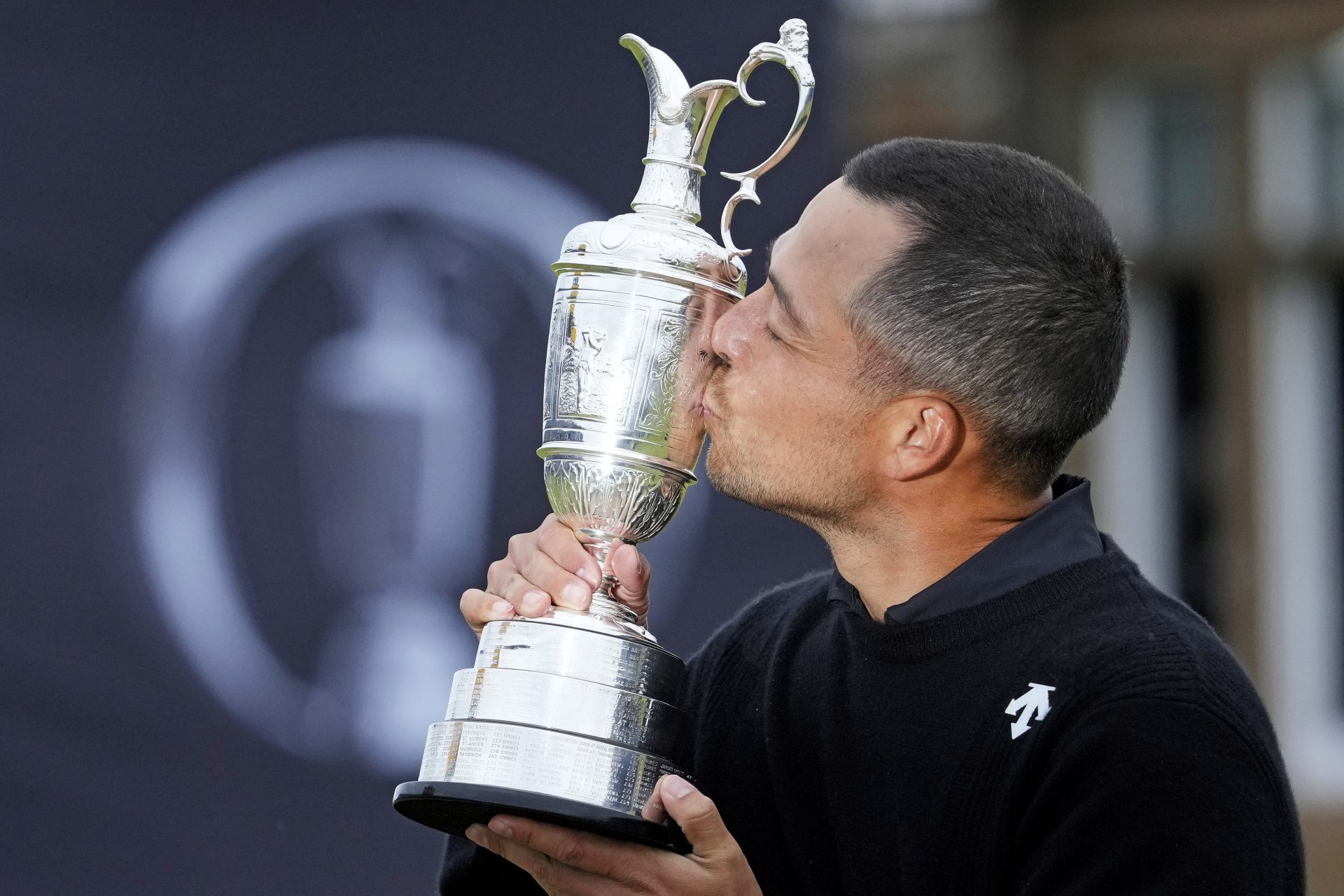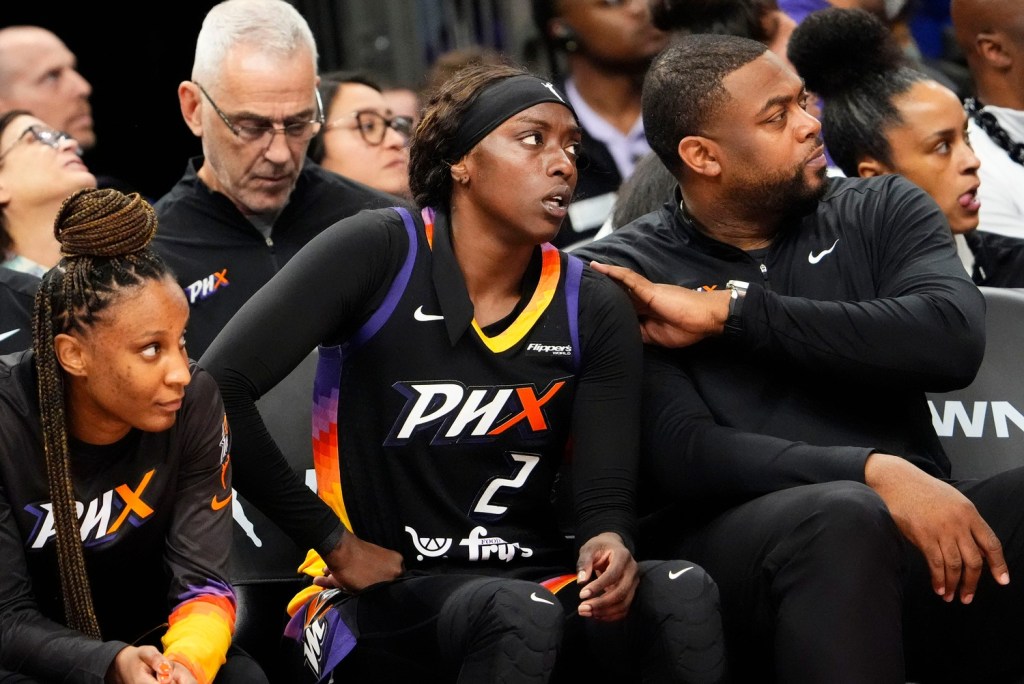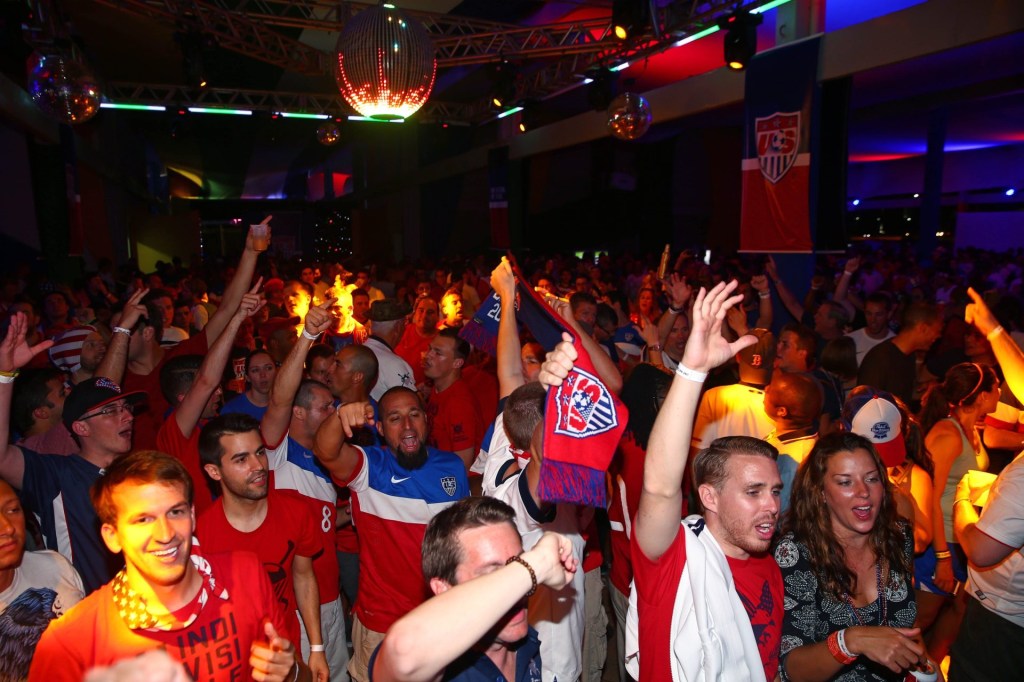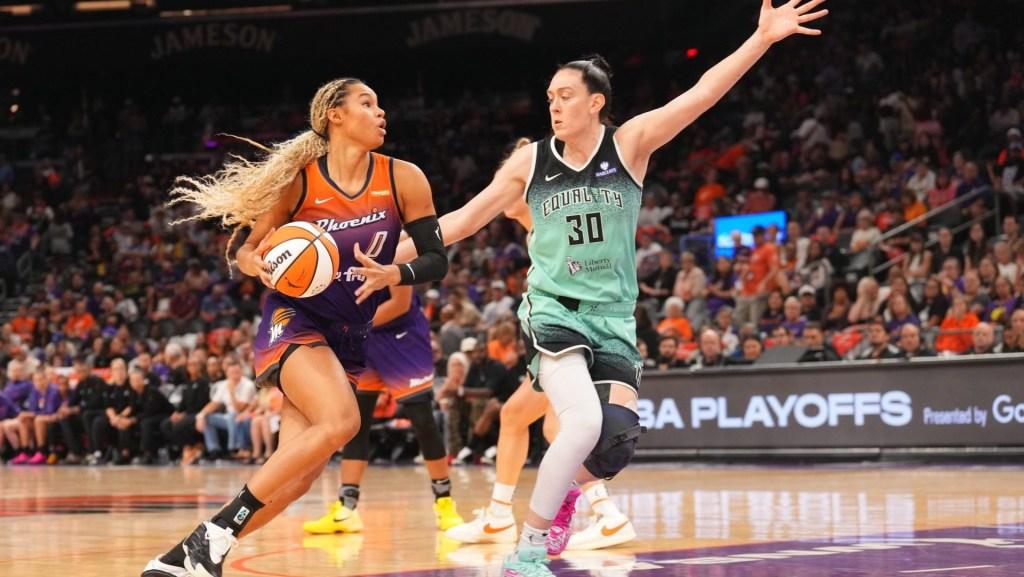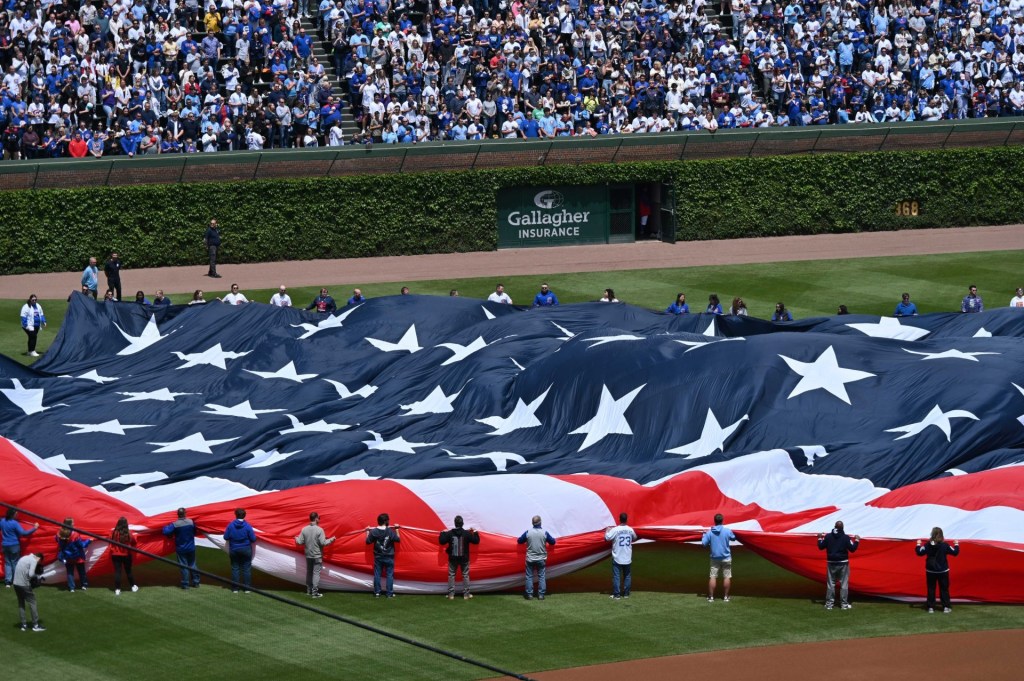At the conclusion of The 153rd Open, players will take home a share of a $17 million purse, with $3.1 million going to the Champion Golfer of the Year. The Claret Jug, however—the award for golf’s oldest major—is even more significant.
The sterling silver trophy has a list of legendary engraved names dating to the 1870s, and images of Tiger Woods, Arnold Palmer, and Jack Nicklaus holding the trophy are among the sport’s most iconic. Once the scores are official from Royal Portrush on Sunday, The R&A’s resident engraver will quickly get to work before the winner hoists—and later drinks from—the famous jug.
Despite its diminutive stature, the prestigious trophy is full of little-known facts and history.
The Claret Jug was not the first award at The Open
The championship was first played in 1860, but the Claret Jug was introduced in 1873. Instead of a silver trophy, the winner took home a Moroccan leather Challenge Belt with a silver buckle. The belt became property of the winner if he won three times in a row.
In 1870, Young Tom Morris pulled off the feat, and the 1871 Open was not held because there was no award to hand out. According to The Open, the three host venues each ponied up £10 to create the Claret Jug.
The first recipient of the trophy is the second engraved name
The Claret Jug was not ready in 1872, so a gold medal was awarded to Morris, who’d won his fourth Open. The following year, Tom Kidd received the first trophy along with the medal—which is still the tradition—but Morris’s name appears first.
The Claret Jug is, literally, a wine decanter
Drinking from the Claret Jug is not sacrilegious; it’s an alcohol vessel. Claret is a Britishism for Bordeaux wine, and claret jugs were common in Victorian England (in addition to drinking wine to celebrate). Now, claret jugs are a niche collector’s item—some silver, some glass, some even Fabergé—that fetch high bids at auction. There is at least one well-known collector named Richard Kent.
The original was made by an Edinburgh silversmith
The first Claret Jug was crafted by Mackay Cunningham & Company, a Scottish outfit whose Victorian antiques occasionally spring up at auction houses. The trophy is 92.5% sterling silver, weighs 5.5 pounds, and stands 20.75 inches tall. The original was handed out until 1927, when it moved to its permanent residence with The R&A at St Andrews.
Champions receive a replica …
Since the 152-year-old original lives with The R&A, each year since 1928 The Open winner (“Champion Golfer of the Year”) is awarded a full-scale replica, which they must return at the next Open. It’s unclear exactly how many of these “official” replicas have been created by The R&A (possibly three, according to Golf Digest). After 12 months with the “permanent” Claret Jug (the replica), winners get another replica and can order three smaller ones.
… except once
For unknown reasons, American Tom Watson was awarded the original Claret Jug in 1982 at Royal Troon following his fourth of five Open wins. He didn’t realize until he made it home: According to Golf Digest, he was taking practice swings in his office, hit the Claret Jug, noticed more wear than the replicas he’d won, and repaired it himself.
“I decided … to repair it myself,” Watson said. “I had a backup plan. I had a good silversmith in Kansas City who could repair it if my efforts failed and created a crack there. But I managed to get it in its original position without a crack. No one knew the difference.”
Players engraved their own names until 1967
When Roberto De Vicenzo failed to engrave his own name upon winning his only major at Royal Liverpool, The R&A pivoted to a professional engraver, according to The New York Times. Alex Harvey was the engraver until his son, a prodigious golfer, eventually took over in 2004.
The current engraver once played in The Open
Garry Harvey, Alex’s son, was a British Boys Amateur Champion in 1972 and played in the 1979 Open. Harvey has about 10 minutes to engrave the winner’s name. “When I get nervous, I remember what my father looked like and taught me,” Harvey told The New York Times. “When I’m under pressure, I think about the old man, and then I just do it.” The Claret Jug is another gig for Harvey, who runs a jewelry store with his wife.
A celebratory drink from the Claret Jug.
— PGA TOUR (@PGATOUR) July 16, 2025
Hear what players have, or would, drink from the iconic trophy after a win at The Open.
(Presented by @FDSportsbook) pic.twitter.com/EyTz31UEIe
The Claret Jug can hold two beers
This “fact” is according to Cameron Smith, who experimented with the jug’s capacity in 2022 after his victory at St Andrews. The reigning Champion Golfer of the Year, Xander Schauffele, said he drank tequila from the trophy. Other notable celebrations include Zach Johnson’s 2015 Open, when he consumed wine, cola, champagne, beer, and corn; Tiger Woods, who opted for Dom Pérignon after his maiden Open in 2000; and Phil Mickelson, who downed a $40,000 bottle of 1990 Romanée-Conti.
It has appeared on Scottish currency
The Claret Jug is so prestigious to its native country that its image has graced Royal Bank of Scotland commemorative £5 banknotes in both 2004 and 2005.
